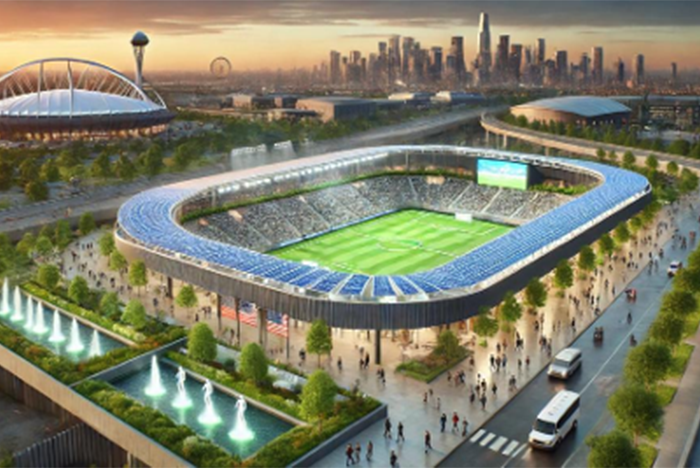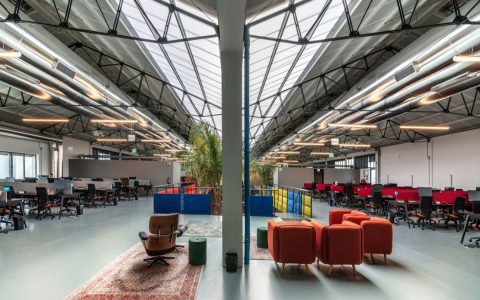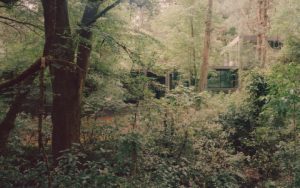Sustainable sports stadium construction is not only possible but increasingly essential. Modern green design strategies transform these large-scale facilities from resource-intensive structures into models of environmental responsibility. Key effective strategies include:
Energy Efficiency & Renewable Integration
Minimizing operational energy demand is paramount.
- High-Performance Building Envelope: Advanced insulation, glazing, and air sealing drastically reduce heating and cooling loads.
- Intelligent HVAC & Lighting: Smart systems with occupancy sensors, zone controls, and energy-efficient fixtures (like LEDs) adapt to actual usage.
- On-Site Renewable Energy: Large roof areas are ideal for extensive photovoltaic panel installations. Wind turbines, where viable, and geothermal systems further reduce grid dependency.
Water Stewardship
Significant water savings are achievable through integrated design.

- Rainwater Harvesting: Collecting roof runoff for irrigation, pitch maintenance, and toilet flushing reduces municipal water use substantially.
- Water-Efficient Fixtures: Low-flow toilets, urinals, faucets, and efficient concession equipment conserve water.
- Native & Drought-Tolerant Landscaping: Xeriscaping minimizes or eliminates the need for irrigation beyond natural rainfall.
- Greywater/Blackwater Treatment: Advanced on-site treatment systems allow wastewater reuse for non-potable applications.
Sustainable Materials & Resource Management
Conscious choices throughout the building lifecycle reduce environmental impact.
- Material Lifecycle Assessment: Prioritizing materials with high recycled content (steel, concrete aggregates), locally sourced options, and certified sustainable timber.
- Low-Embodied Carbon Materials: Selecting alternatives to high-carbon footprint materials like traditional concrete mixes or virgin steel where feasible.
- Design for Deconstruction & Reuse: Modular design facilitates future adaptability and end-of-life material recovery.
- Construction Waste Diversion: Implementing strict on-site waste sorting and recycling protocols minimizes landfill contributions.
Enhanced Public Transport & Site Ecology
Addressing the stadium's broader environmental footprint.
- Multi-Modal Access: Prioritize direct access to public transit (trains, buses), provide secure bicycle parking, and design efficient pedestrian pathways to minimize private vehicle use.
- EV Charging Infrastructure: Install substantial Electric Vehicle charging stations to support the transition to low-emission transport.
- Biodiversity & Habitat: Minimize site disruption, implement soil erosion control, restore native plantings, and consider creating wildlife corridors or habitats where possible.
- Urban Heat Island Mitigation: Utilize permeable paving, reflective surfaces, and substantial shading through vegetation and architectural design.
Optimizing Operations & Management
Sustainability extends beyond construction into operations.
- Building Management Systems (BMS): Centralized, real-time monitoring and control of energy, water, and HVAC systems optimize efficiency continuously.
- Waste Minimization Programs: Comprehensive fan engagement strategies for robust game-day recycling, composting, and waste reduction, including concessions packaging choices.
- Efficient Event Management: Optimizing logistics, transport coordination, and resource use during events.
By systematically integrating these proven green design strategies—energy efficiency, water conservation, sustainable materials, accessible transport, and ecological sensitivity—sports stadiums can significantly reduce their environmental footprint. Achieving certifications like LEED or BREEAM provides a structured framework and third-party validation for these efforts. The result is a high-performance venue that serves its community responsibly for decades.







